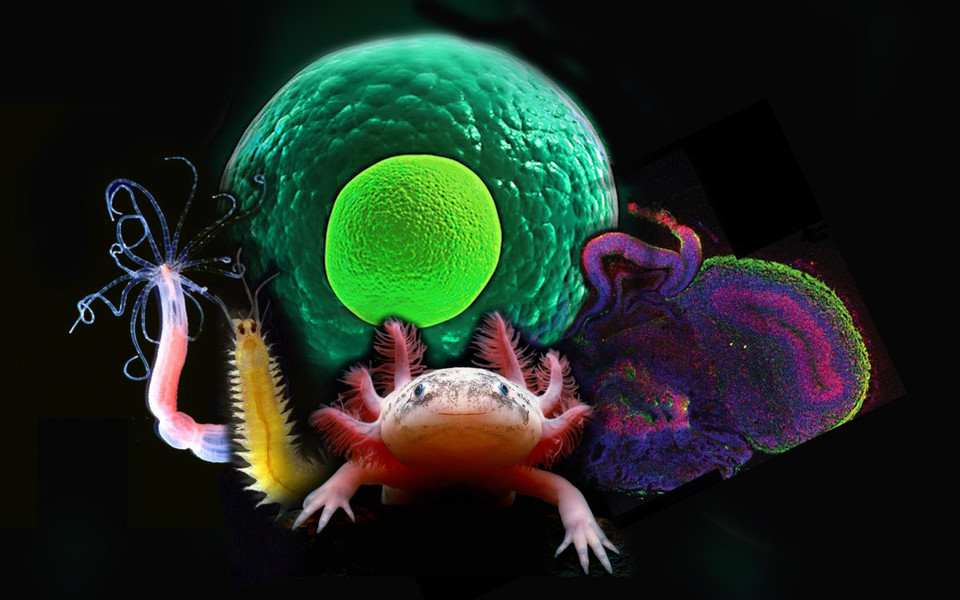
Stem cells are capable to differentiate into other more specialised cells, such as neurons in the brain, cells in the digestive tract or cells in our blood system. Not only do they play an important part during development, but they are also found in adult tissue where they help replace lost or damaged cells. Some animals are even able to regrow whole body parts or organs, reflecting the competence of their differentiated cells to revert back to stem cell states.
The FWF funded doctoral candidates will work across a panel of different model systems and deal with fundamental questions of stem cell biology: What mechanisms lead to the formation of a specialised cell from a stem cell? How can animals revert specialised cells to stem cells? And how do stem cells interact to form whole organs?
Students will also receive comprehensive training in the methods of modern stem cell biology, theoretical and conceptual approaches, and bioethical questions. The students will be part of the Vienna BioCenter PhD programme, a highly successful cross-institute doctoral programme.